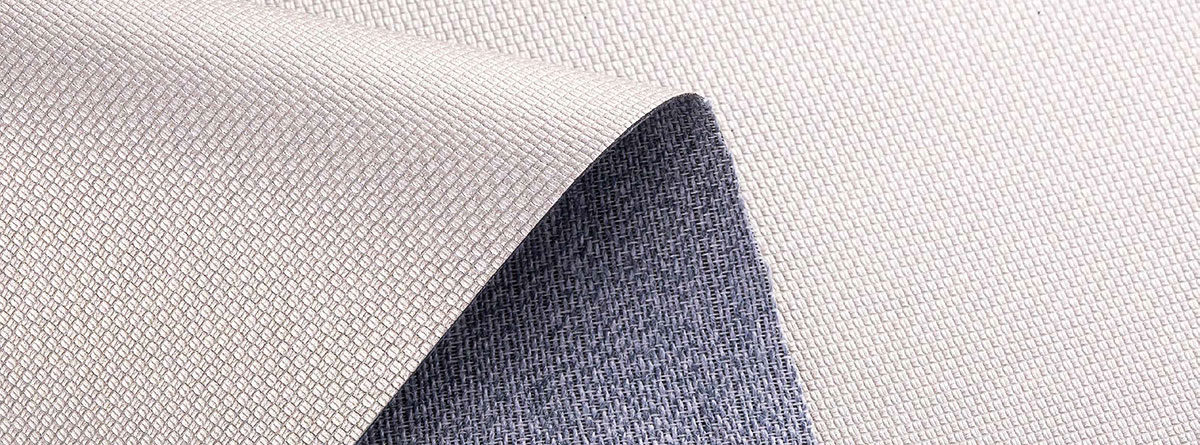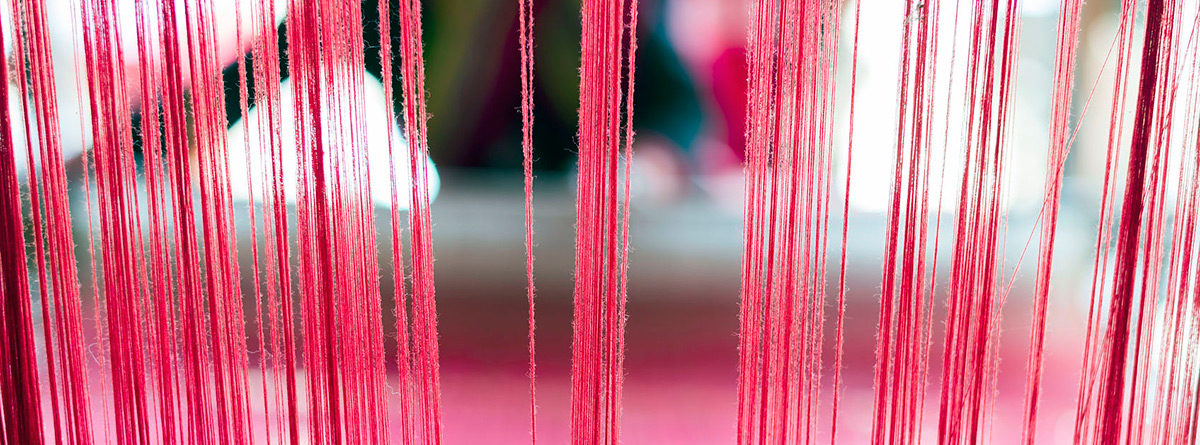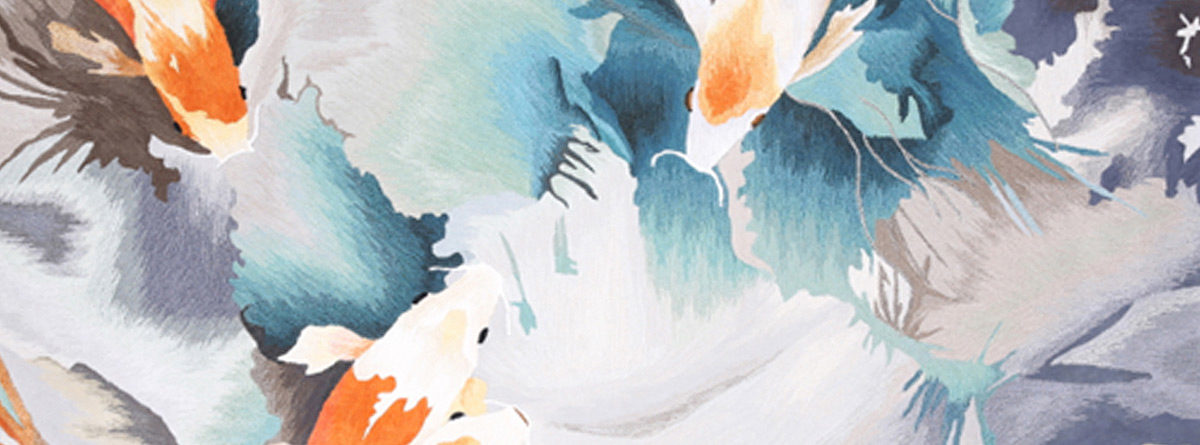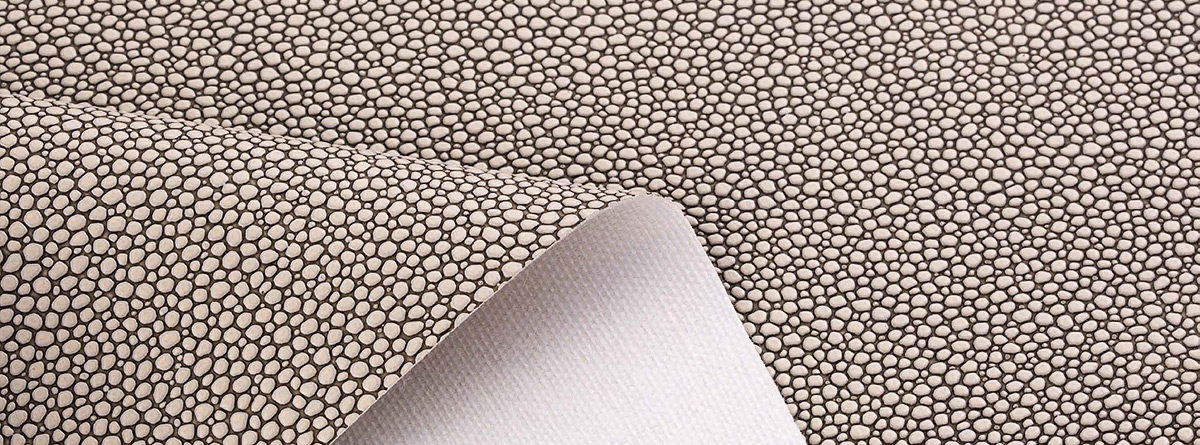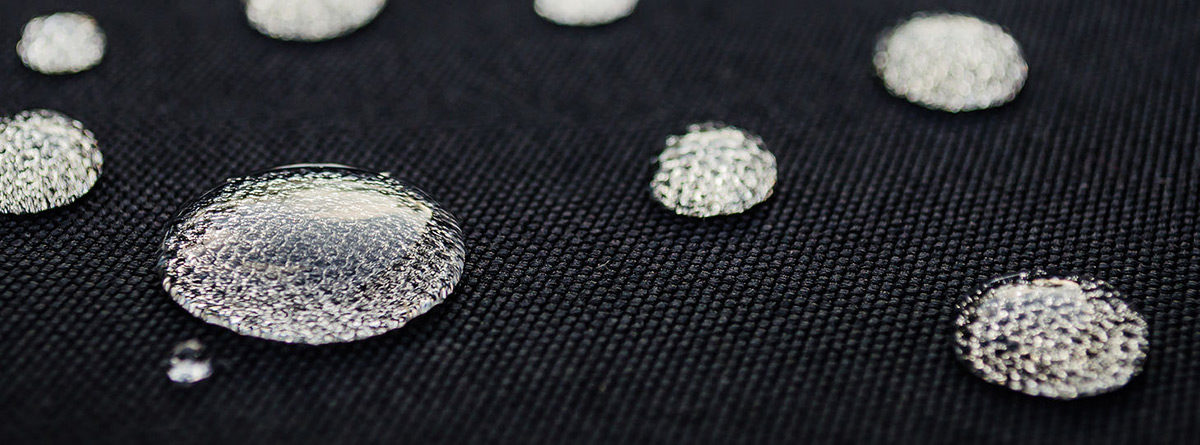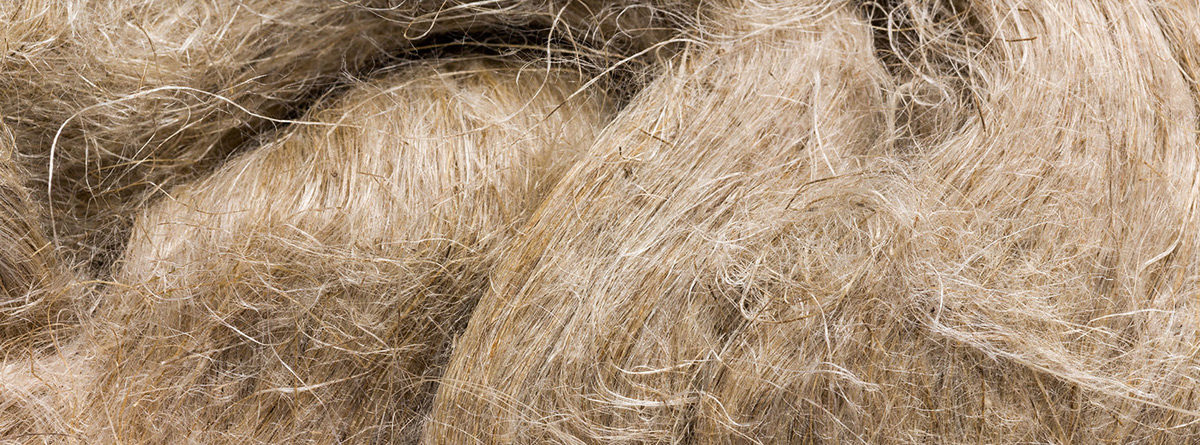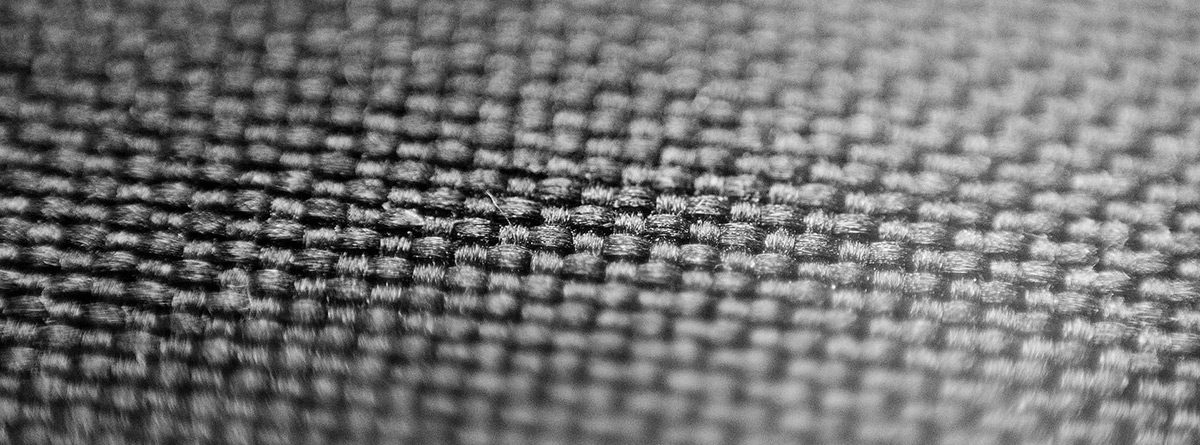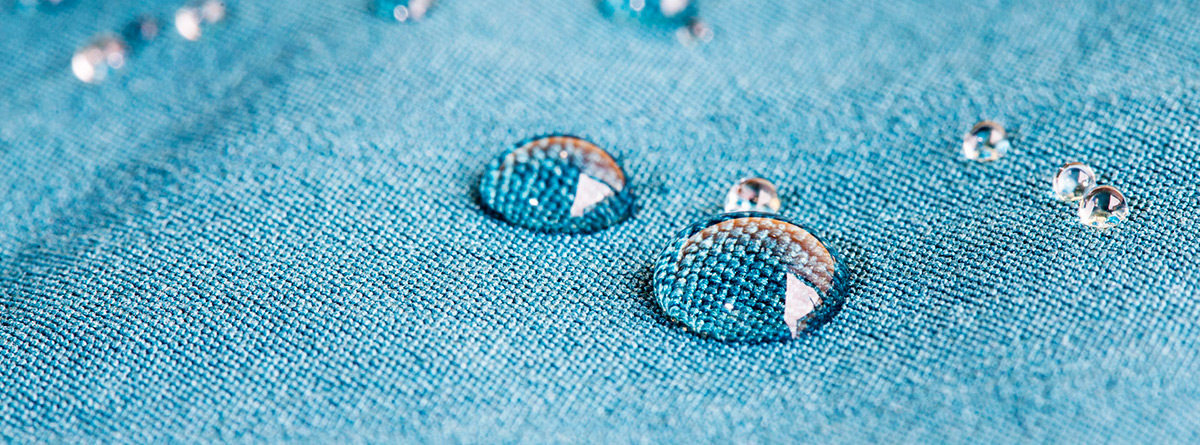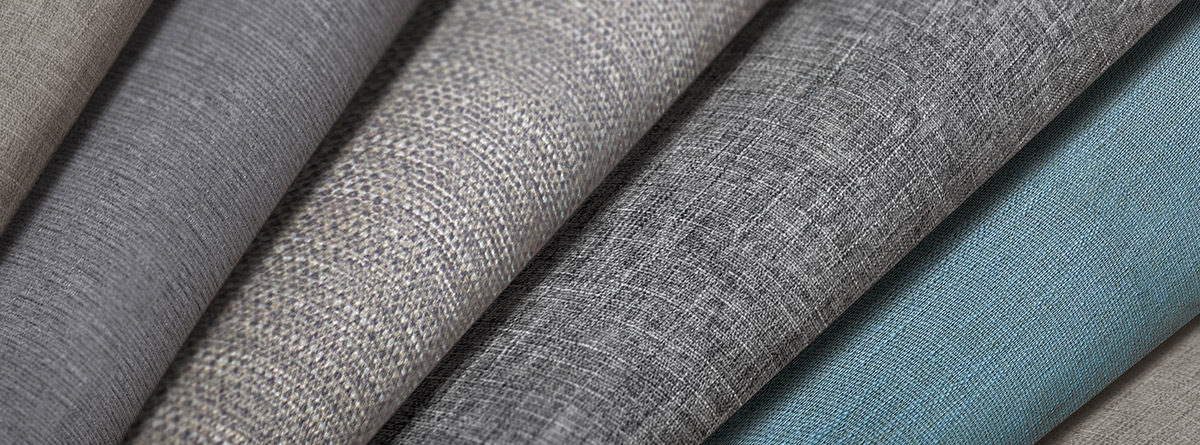Social and environmental responsibility can do more for a brand than ever before, and the next big arena of competition seems to center on wellness. Properties are outgrowing the typical facilities-based model of spas and fitness centers, moving towards a more holistic approach.
The arrival of new hotel brands, crossing over from the fitness industry into hospitality, suggests this will be an interesting trend to follow!
Design will continue to focus on how space can be both beautiful and practical but innovation will change our expectations and perceptions. Several major players have been rolling out rooms designed for wellness with designated fitness spaces, equipment, tech linens, and fine-tuned light and sound control.
Demands on surface material performance will increase as use becomes more vigorous and cleanability concerns arise. Upholstery, carpeting and linens for some areas will all need to be reconsidered for characteristics such as wear resistance, porosity, microbial resistance, and slip resistance.
Not an unusual piece to find in a room, a bench or similar can be covered in a beautiful, high performance vinyl to blend seamlessly with the overall aesthetic of the room while still providing full functionality as a piece of workout equipment that can hold up to abrasion, sweat, weight, and sanitization.
Speak with one of our representatives about how we can help you meet your new needs.

